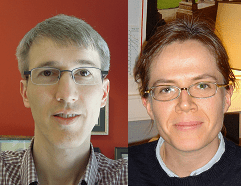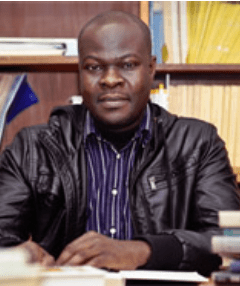
Kazuya Koyama is a Reader in Cosmology in the Institute of Cosmology and Gravitation, at the University of Portsmouth,
I am very pleased to bring you this focus issue summarising the recent developments in computing relativistic effects in cosmology.
The issue consists of two parts, with the first part examining general relativistic formulations of the observed over-density of galaxies.
The second part discusses relativistic effects on the formation of large scale structures.
The authors pioneered the development of our understanding of general relativistic effects in cosmological observations and we hope that this focus issue will be a basis for further advancement of the field. Continue reading










You must be logged in to post a comment.